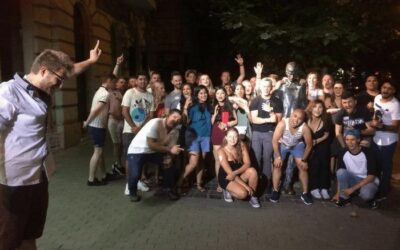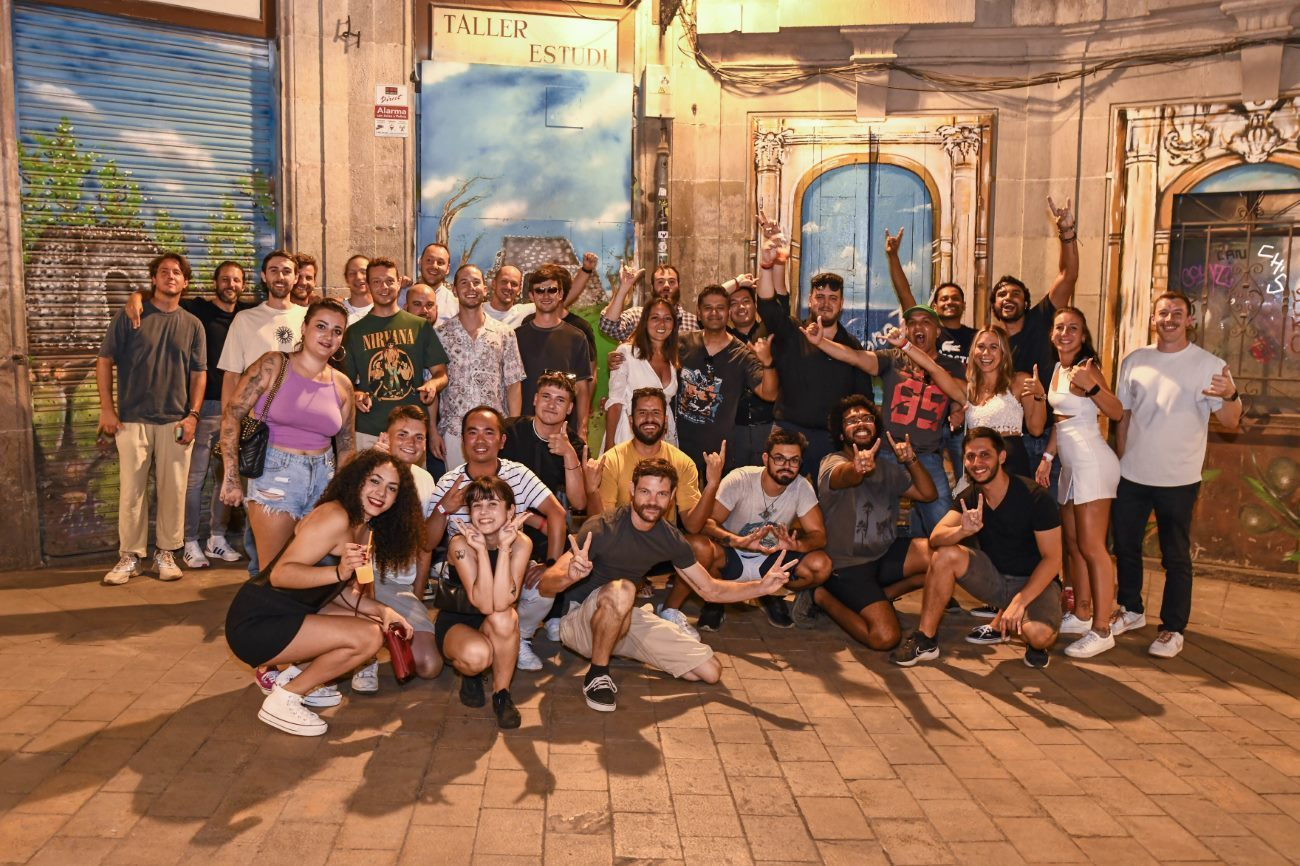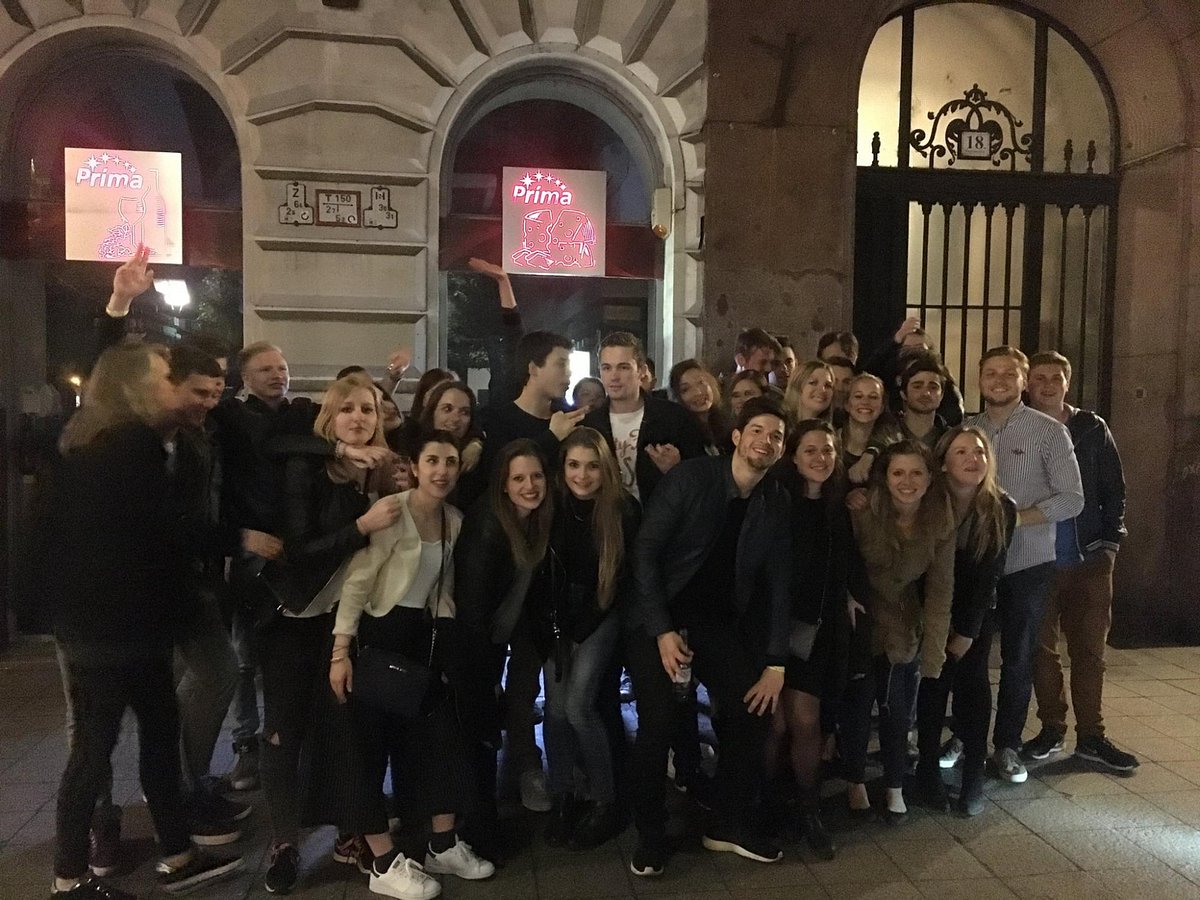Amsterdam is internationally known for its district that involves the selling of prostitution services especially by female sex workers. It has a pulsating nightlife and legalized prostitution and thus, is an area that is quite interesting and has history. In this blog we will take a closer look at the history of Red Light District and try to understand how it developed.
The subject of our study commenced its production in the Red light District.
The central area is known as De Wallen – or, more famously, the Red Light District – and it has been around since the 14th century. Amsterdam was a great sea port at this time many sailors merchants and travelers where coming to the city from around the world. They argued that modern Babylon was a symbol of sinful city with numerous vices and immoralities as was the state of the city in the biblical book.
During the 15th century the city as well saw houses of the ill repute being opened for sailors who passed through the city. These brothels were located at strategic places within the region especially near the harbor. Eventually, the area gained an association with prostitution.
The Regulation Era
It was in the center of Rotterdam that in the 17th century prostitution was officially noted and it was decided to classify it. They set up recognized houses called “galleries” where prostitution was legal. These galleries were established at certain streets where such purpose was intended.
This regulation was to help shield the sex workers, and also to have better control of the trade. It also helped in setting some measure of credibility and sanitation within the halls of the industry.
The Red Lanterns
The Red Light District emblematic image is the red light that illuminates the windows. The early signs that the brothels were stimulated by a red light outside their doors have records dating back to the 19th century.
At this time, the red light acted as a signal to any likely patrons that the establishment was in operation. It is efficiently practiced up to present time, the windows with red light being among notable identifiers of the locality.
World War II and Beyond
Because during World War II the Red Light District had many problems. During the Nazi blah, many of the brothels were shut down and the district went into a slump. Following the war attempts have been made to reconstruct the district and bring out the same charm and lure that it used to have as one of the most important entertainment centres.
Amid recent years, there are discussions about the Red Light District’s legitimacy and functioning. In this respect, there have been debates concerning the restructuring and changing the location of the district to some other central area of Amsterdam. These discussions are indicative of growth of societalcompassionate civilization in rating and control of prostitution.
Contemporary ‘S Social and geographical phenomena explain why the current Red Light District looks different from the past Red Light District.
In the present time, Red Light District in Amsterdam brings in millions of people every year. It’s an active district where there are not only sex-related services but also great numbers of bars and restaurants, cultural attractions and points of interest.
The operating of the district remains restricted and there is laid down laws which aim at protecting the escort services and other service providers in the business. The government wants to find a way to preserve the area’s history while at the same time also considering the issues being faced by the people living in the area as well as tourists.
Conclusion
Amsterdam’s Red Light District does not have a shortage of history; this one is particularly interesting. No longer just a refuge from piracy, and an unregulated industry today the district has come a very long way.
Al the same, Red Light District is still a popular attraction for many guests, therefore, entering the area, one should be polite and know the history of the place. Instead, it should be also recognized as a culturally relevant artifact which can contribute to the existing debates regarding the sex industry.





